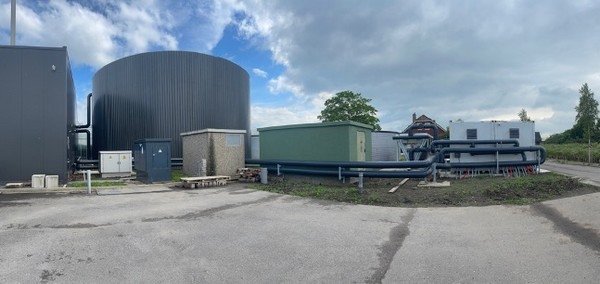Difficult times call for creative solutions. That also applies to the current energy woes in greenhouse horticulture. Joop Verhoeven of Delphy explains that in the Netherlands and Belgium, CHPs cannot run continuously because the grid is either full or the power is too cheap.
"Now, there are technical novelties that allow you to run your CHP anyway, so you have heat and CO2. Before, the CHP was off because windmills and solar panels produced enough power. You don't need a CHP to feed electricity into the grid, so it is uneconomical to switch it on then. And no CHP is also no CO2."
Technical novelties
So what are the technical novelties? Joop mentions electroboilers, for example: "Growers invest in these, so they don't put the power they generate with the CHP on the grid, but use it to heat water in the electroboiler, and that water is used again to heat the greenhouses."
Another development that Joop would like to share is that of a Dutch company working with a Swiss company to install sea containers at growers' premises containing water-cooled computers. "The grower can then put his extra power in that container to keep the computers calculating, and the heat produced by the computers is then brought back into the greenhouse."

Linking multiple shipping containers is possible. One of the early adopters of the Swiss company's technology already made the link. On the left in the picture is the heat storage tank, in front of it is the transformer station, and on the right are the two containers and the pipes running from them to the grower's heating room.
We are getting creative, and we need to be: "Nobody expects the gas price to go back to the level of two years ago. And it will be another year when you can earn more with good energy management than with tomatoes."
For more information:
Delphy 
Joop Verhoeven
Senior Advisor Tomato and Pepper
Regio: Nederland, Belgium
Tel: +31 (0)6 53 42 72 30
j.verhoeven@delphy.nl
